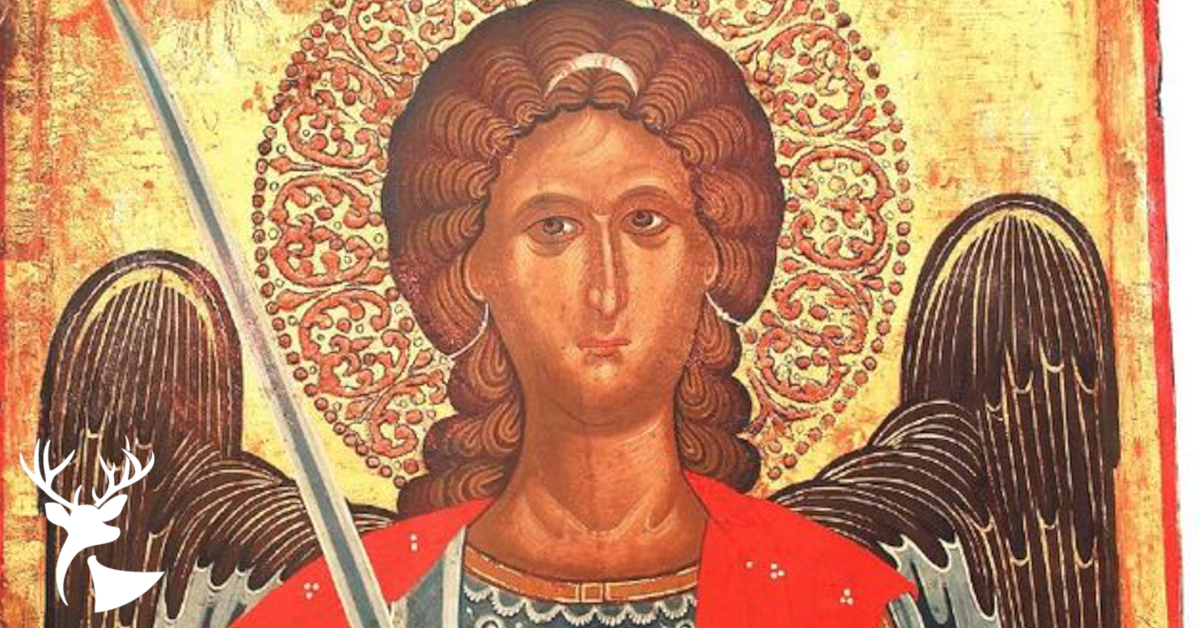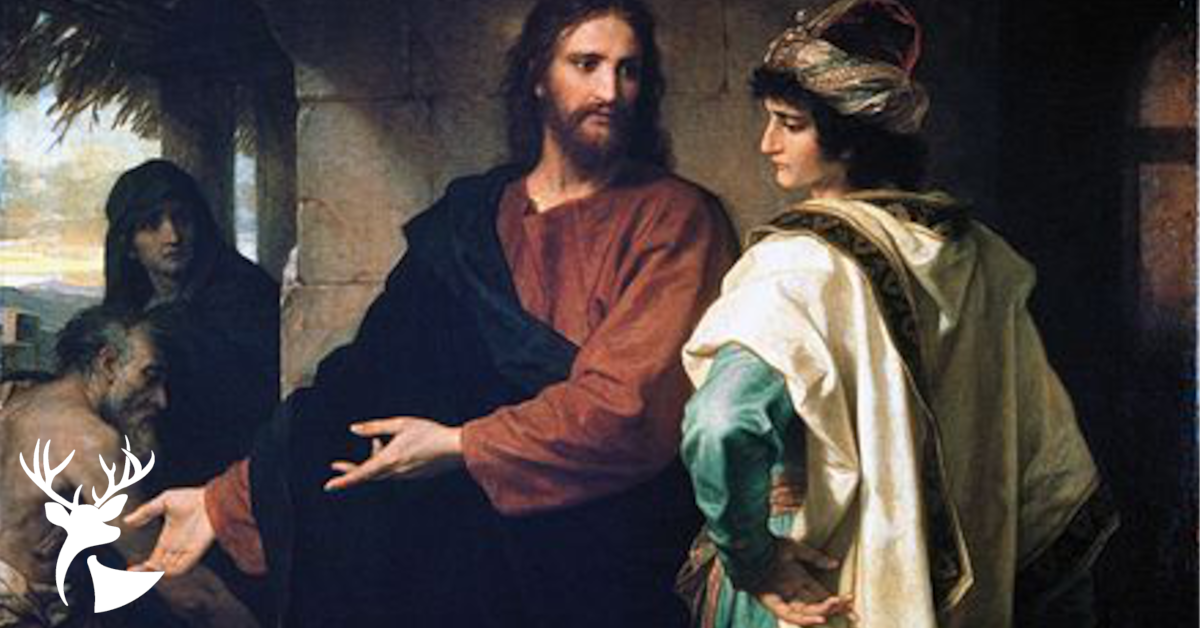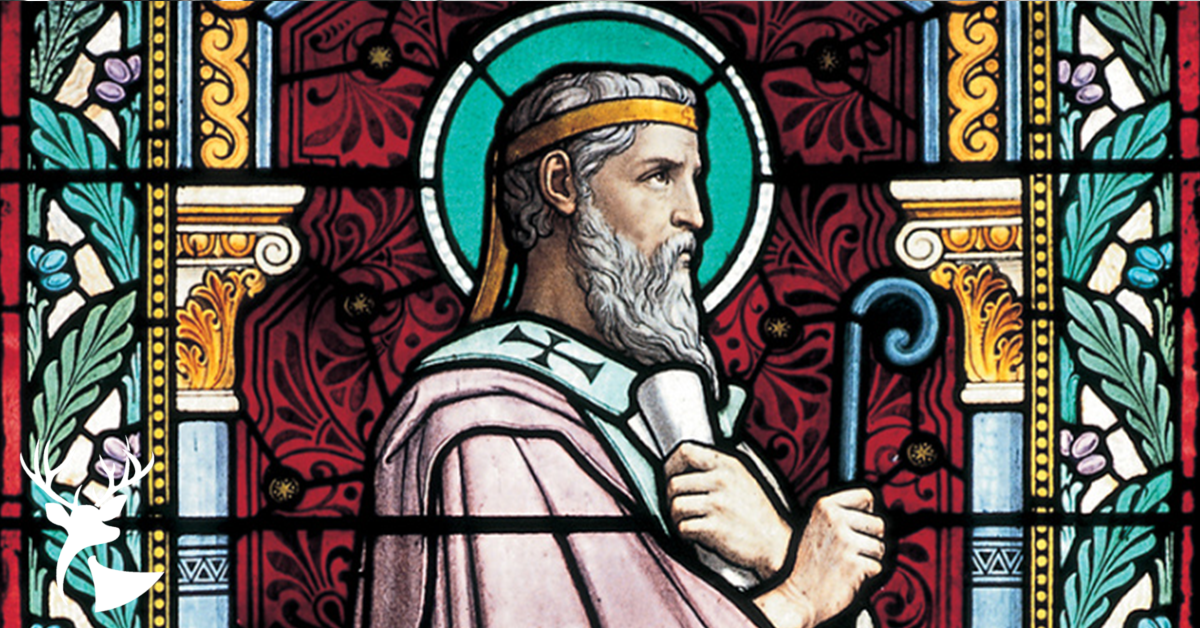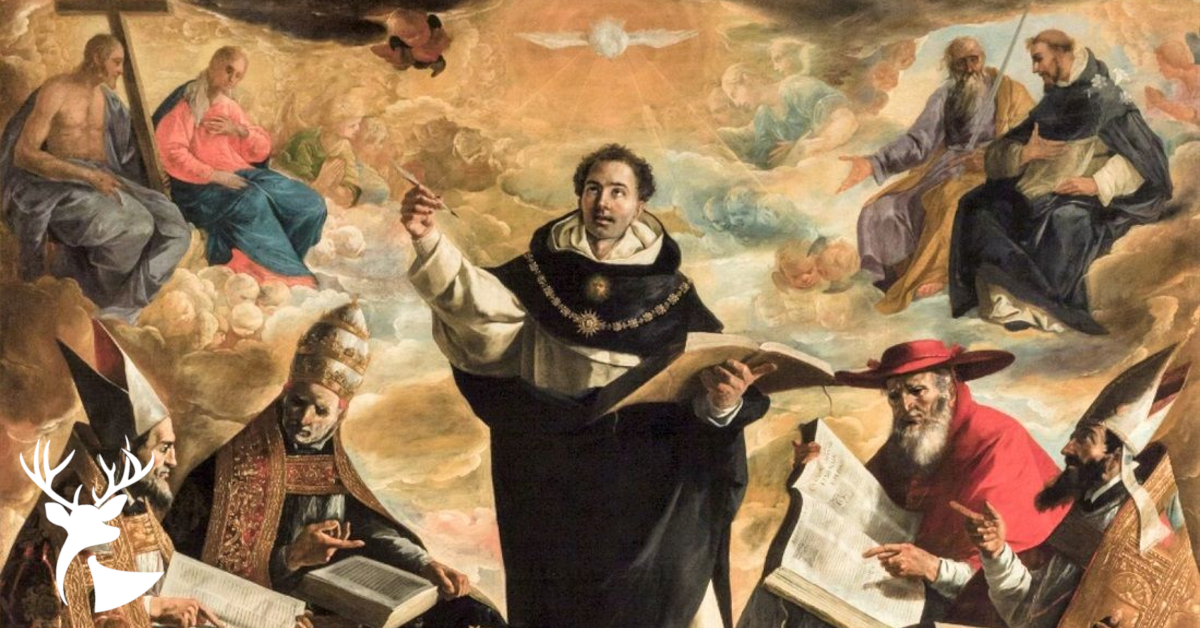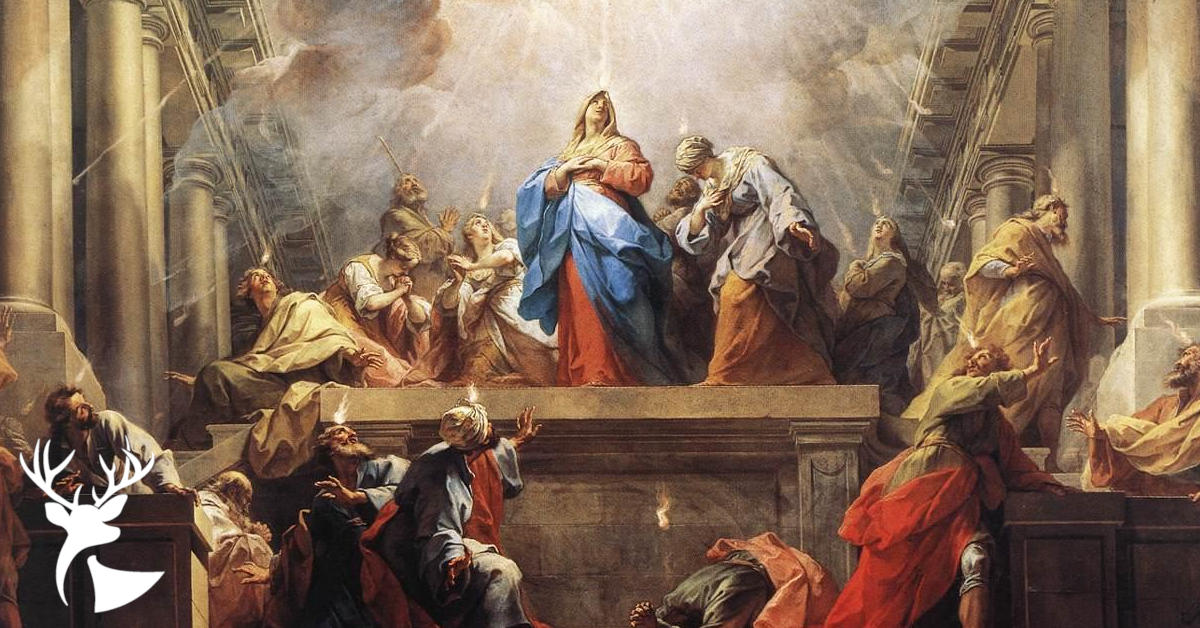
Bsp. David Konderla serves as the fourth Bishop of the Diocese of Tulsa & Eastern Oklahoma
Bsp. David Konderla serves as the fourth Bishop of the Diocese of Tulsa & Eastern Oklahoma
← Return to EssaysStay Connected!
The tabernacle is usually one of the most beautiful artifacts in our churches. Often it is an ornate gold box on an altar in the center of the sanctuary, and it is a focal point of a Catholic church for good reason: It houses the most sacred object on earth. The tabernacle’s use proclaims our Catholic belief that, in the Eucharist, the very body and blood, soul and divinity of our Lord Jesus Christ, is present in our midst. To show reverence for our Lord, we surround His sacred presence with not only the tabernacle, but also with the way we act in the presence of the tabernacle. This is why we genuflect in the presence of the tabernacle and maintain a prayerful attitude before this great mystery.
Now, can you imagine how you would respond if your priest or deacon or bishop opened the tabernacle, unscrewed the top on a jar of peanut butter, and then smeared some on the host before eating it, treating the Eucharist as if it were just an ordinary cracker? I know that my phone would ring off the hook and my voicemail and email would be filled with messages of righteous anger for such disrespect shown to our Lord. Our Catholic faith demands that these sacred, sacramental mysteries be treated with respect.
In God’s plan, our sexuality is designed for marriage, and in that union it is a sacred reality. Much in our culture proposes a lower view of human sexuality. It sees the use of sex as just another human activity. But the Church, teaching divine wisdom, has a much higher view of human sexuality. Because its use is part of the sacred bond of marriage, we surround it with the “tabernacle” of the Sacrament of Marriage and with the virtues of chastity and modesty, as well. When sex is used outside of that sacrament, it is a type of profanation of a sacred reality. The confusion, the social ills and the painful complexity that attend to the use of sex apart from marriage can serve as an object lesson to us. But we know that God has created an entire working universe with us in it out of His immeasurable love for us. And because He wants us to be happy, He has given us an owner’s manual of sorts in the Bible and the teachings of the Church. He has also given us a mind that can recognize the nature of our own bodies. For example, we look around and we notice that there are only two kinds of persons, male and female. And we notice that males and females are different, but in a complementary way, that is, designed to go together. These truths of the body confirm what we read in Scripture that God made man and woman for each other in the sacred bond of marriage. While marriage has its own forms of chastity and modesty, apart from marriage, chastity and modesty are the key virtues in forming loving and intimate friendships.
Marriage, then, is the sacred union of a man and a woman with each other for life. Through this sacrament, a man and a woman make a total and complete gift of themselves to the other for life. The union of their bodies is the sign of the sacred reality that already happened in the free and complete union of themselves. This is why God has revealed to us that the sexual union belongs to marriage. To use the sexual union before or outside of that once-and-for-all complete gift of self that is marriage, is to use something that is holy as if it were merely ordinary. It profanes the gift of God.
So how do we guard this beautiful and sacred gift of sex? This is the purpose of the virtue of chastity. Chastity is a kind of “genuflection” before the sacred reality of marriage. Through chastity we show our free obedience to God by limiting our use of sexuality to that which is appropriate between friends who are not married.
Chaste dating is, in fact, excellent training for the holiness of marriage. To observe chastity, we will have to draw close to God in prayer asking Him for grace. To observe chastity, we have to think of our beloved as belonging to God first. To observe chastity, we must be willing to choose what is best for our beloved, even if it means sacrificing what appears good to us. And finally, to observe chastity, a couple will have to frequently dialogue about God and what obedience to God means.
We can readily see that these things will help a couple in marriage. We can also see how chastity will help a couple guard their emotions so they can more easily discern if they should marry each other or if, perhaps, they might not even be called to marriage at all. If you think that all of this seems designed, you are right. So, in thanksgiving, let us pledge freely given obedience to God, the master engineer, who designed all of this for our happiness.
Originally published in the Eastern Oklahoma Catholic.
More Reading

Bsp. David Konderla serves as the fourth Bishop of the Diocese of Tulsa & Eastern Oklahoma


